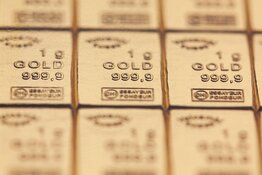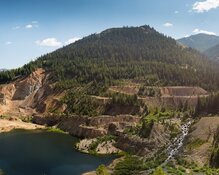To replenish its reserves, Russia is planning to buy 100 tons of gold a year. The 5 foot, 8 inch cube would be valued at $4.3 billion. Unfortunately, this isn't a significant amount of gold to raise prices. There are currently more than 160,000 tons of gold held by investors and institutions. On top of that, every year 2,300 tons of gold are extracted by miners. Russia's additional demand for gold is a drop in the bucket.
In 2010, Russia bought about 150 tons of gold for its reserves. So the 100 tons of gold purchase plan for 2011 signals a decline.
During the five years ending March 2010, there were several countries that actually reduced their gold reserves as gold prices more than doubled. Here are the countries with the highest decline in gold reserves:
- Spain: 46% decline to 282 tons of gold reserves.
- European Central Bank: 35% decline to 501 tons of reserves.
- Sweden: 26% decline to 126 tons of gold reserves.
- Switzerland: 19% decline to 1,040 tons of gold reserves.
- France: 18% decline to 2,435 tons of gold reserves.
- Saudi Arabia: 126% increase to 323 tons of gold reserves.
- China: 76% increase to 1054 tons of gold reserves.
- Russia: 72% increase to 664 tons of gold reserves.
- India: 56% increase to 558 tons of gold reserves.













































